Port Alfred’s rich history and transformation since the 1820 Settlers.
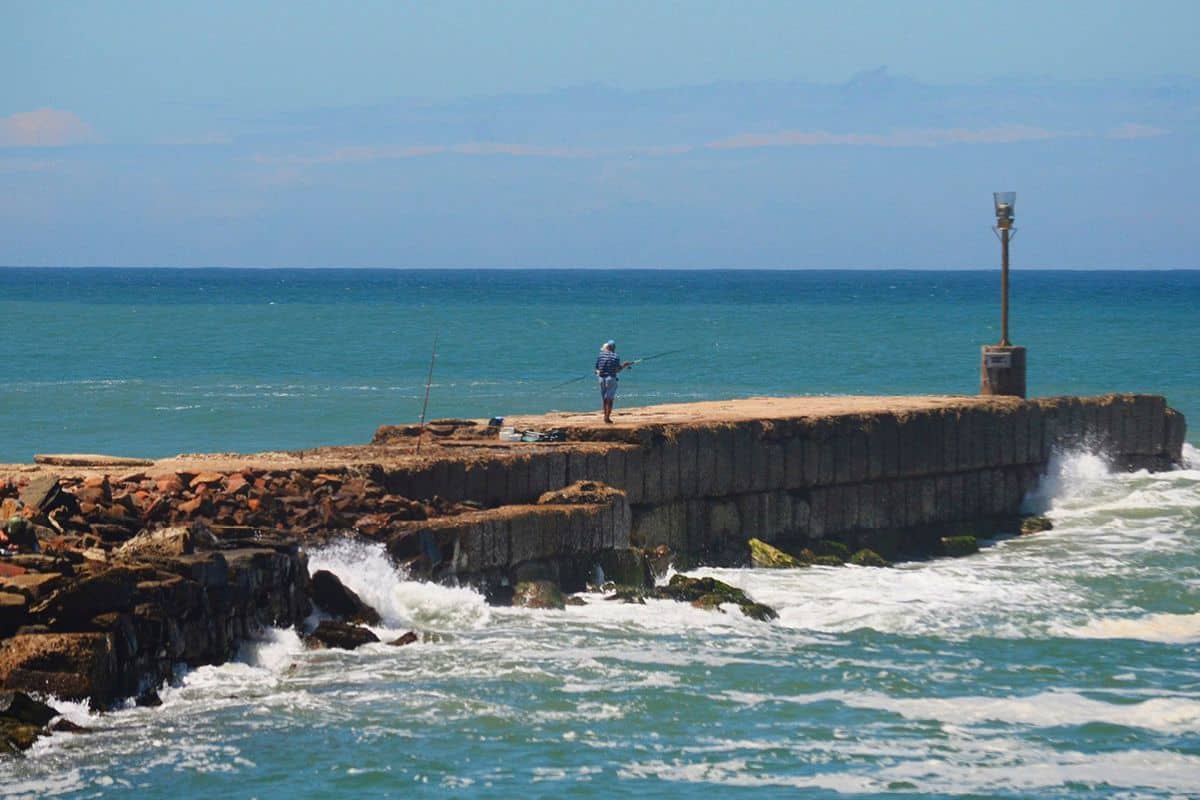
I’ve spent time in so many ports in South Africa recently, I feel as if I could have been a sailor rather than a landlubber: Port Nolloth, Port St Francis, Port St Johns, Port Elizabeth (Gqeberha), Port Edward, Port Shepstone and now (again) Port Alfred.
I’ve lost count of how many times I’ve crossed the arch bridge over the Kowie River, to and fro along the coastal R72 that links Buffalo City (East London) with the south-western part of the Eastern Cape.
The road, for many years a nightmare of innumerable construction delays, is one of the most scenic in the country with a driving surface that contradicts anything you’ve come to expect from this cash-strapped province.
It is worth mentioning the river early – its name is thought to derive from Khoisan rather than anyone named Kowie (or “Cowie”, which is a popular local alternative spelling) – as it is the reason for the town’s existence.
Like many settlements along the Sunshine Coast* of South Africa, Port Alfred was spawned by the arrival of the 1820 Settlers. The strategic value of the Kowie River as a port was quickly appreciated and the first ships anchored in its estuary in 1821.
Twenty years later, the natural river mouth was blocked and replaced with a stone-lined channel to the Indian Ocean, making Port Alfred South Africa’s first manmade harbour.
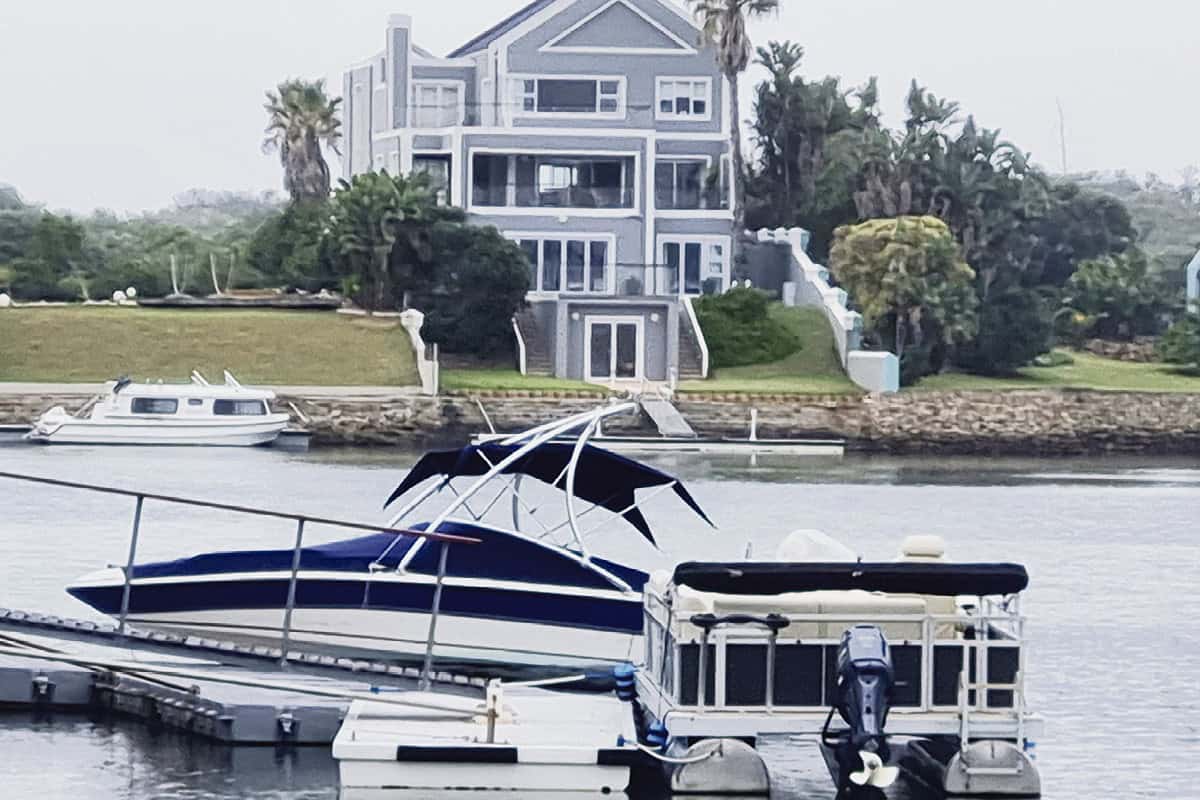
The town was known as Port Kowie before being renamed Port Frances (to honour the wife of Colonel Henry Somerset, who was in charge of military forces in the area) in 1825. It acquired its current identity after a visit to the Cape of Good Hope by Prince Alfred, Queen Victoria’s son, in 1865.
Port Alfred, situated almost exactly halfway between Gqeberha and Buffalo City, has a population of around 30 000 people.
The advent of railways and later road transport from these two hubs saw the demise of the Kowie River as a commercial harbour. The economy is currently driven by agriculture and tourism.
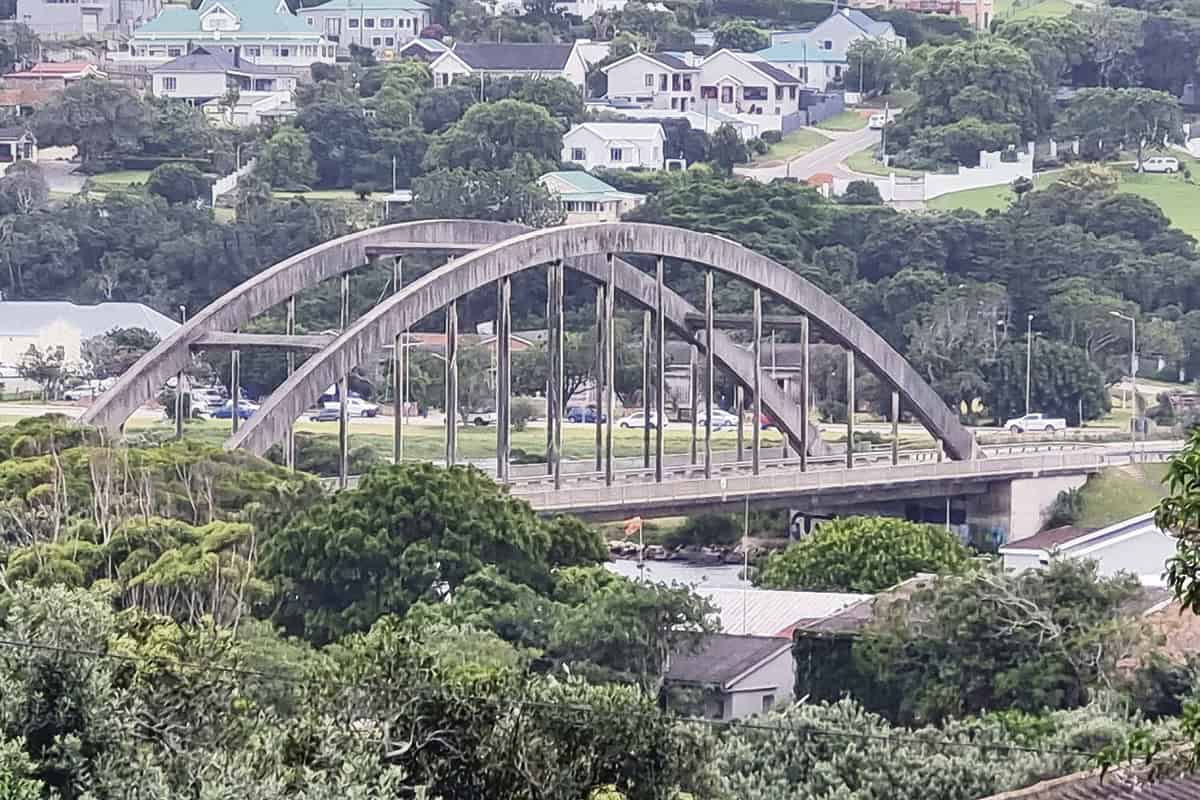
ALSO READ: A slice of bush heaven that delivers more than just wildlife
Hidden gems of the Sunshine Coast
As is the case with many coastal towns in South Africa, travellers are largely unaware of Port Alfred’s charms; the R72 cuts through the commercial centre of the town and exits after just a few kilometres, giving little hint to the beautiful beaches, stunning golf course and many other attractions.
There are several spectacular private game and nature reserves within easy driving distance, including Oceana, Waters Meeting, Mansfield, Three Valleys, Buffalo Kloof, Kariega and Sibuya. Some of these, most notably Sibuya and Oceana Beach and Wildlife Reserve, offer safari experiences to day visitors.
Port Alfred is very much your old-style resort, says Sunshine Coast Tourism’s Susan Waugh, where people can kick off their shoes and dial back into life without feeling threatened or pressured by panhandlers and smouse on the beach. “People come to Port Alfred for a mixture of relaxation, beauty and nostalgia,” she adds.
The last is particularly important: many Eastern Cape destinations draw visitors year after year, confident their cherished memories will be rekindled and nourished… sometimes even after decades.
According to Waugh, historical tourist markets have been the Eastern Cape metropoles and Gauteng, though an increasing number of KwaZulu-Natal residents are driving south to get away from their over-crowded bathing spots.
The desire for relative isolation – and the fact that winters are moderate, the activity offering more varied and prices generally lower than elsewhere – also means a new generation of tourist is tapping into the Sunshine Coast vibe. This movement was partly spurred by the pandemic and the rise of digital nomadism.
“We’re finding that Port Alfred is no longer regarded as a retirement village,” quips Waugh, adding that the port’s blue flag marina is particularly popular among people striving for work-life balance.
Modern comforts in a Heritage setting
The Royal Alfred Marina and small boat harbour was built in 1989. Kelly’s is one of the oldest blue flag beaches in South Africa and in September celebrates two decades of this status, indicating the beach, as well as water, is unpolluted, managed according to strict environmental guidelines and adheres to international safety and other tourist standards.
Not far from Kelly’s Beach is the Royal Port Alfred Golf Club, established in 1907 and one of only four “Royals” in South Africa (the others are in Johannesburg, Durban and Cape Town). The club’s website says it all: “The course is fairly short at 5 739 (ladies 5 025) meters and on windless days can be vulnerable.
However days such as these are rare… on one day you will be able to hit a little wedge to the short 11th but the next you will need a one wood.”
Across the road is the Royal St Andrews Hotel and Conference Centre, a gem of a place where the hotel and pub (“The Highlander”) get their names from the first owner who was a former sergeant-major in the Argyll and Sutherland Highlanders regiment based at “the home of golf” in Scotland.
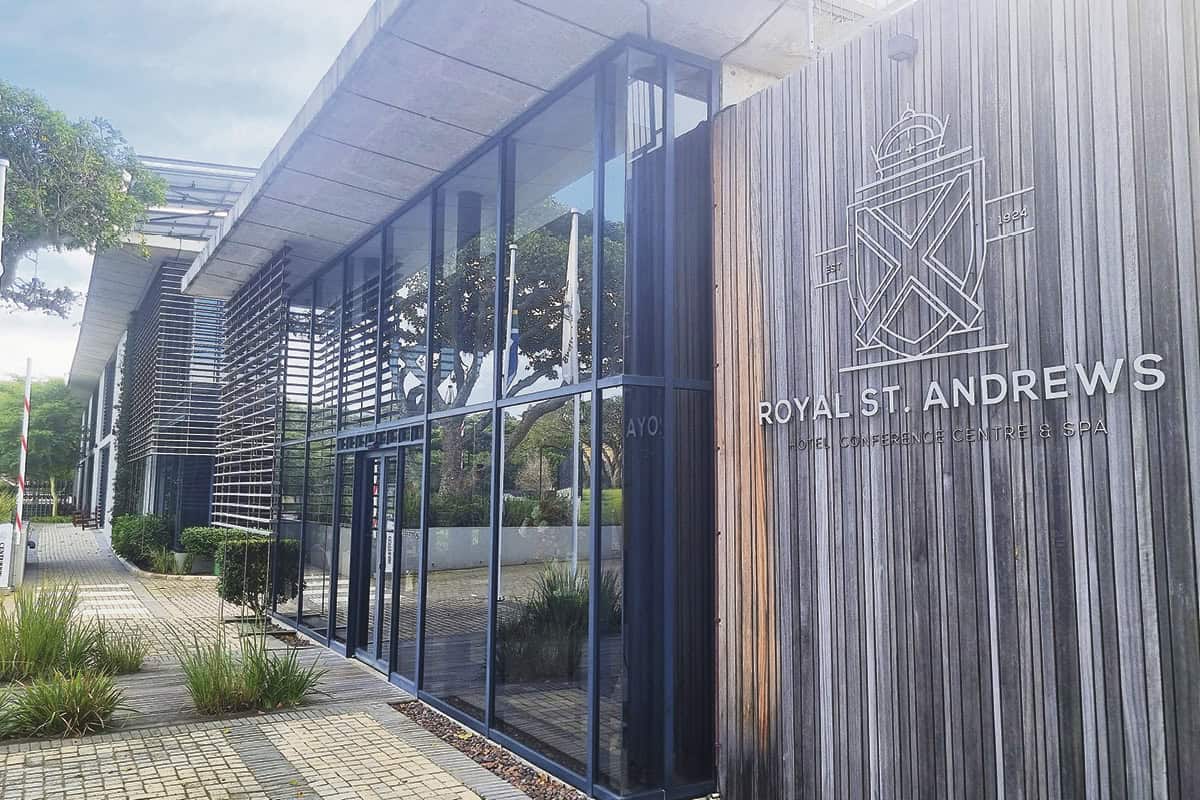
The main body of the hotel is an artful blend of modern and Tudor architecture. The older section, known originally as St Andrews Mansions, was built in 1924… a year before the visit to Port Alfred by the erstwhile Prince of Wales, later King Edward VIII and, after his abdication, the Duke of Windsor.
My partner Rose-Marie and I stayed in one of 10 rooms in the refurbished “heritage” section (the old Mansions) which, despite beautiful antiques and period artwork in the communal and living spaces, feature “all mod-cons”.
These conveniences include free high-speed Wi-Fi connection, air-conditioning, flat-screen televisions with select DStv channels, laptop safes, tea/coffee stations and minibar fridges.
*So called because there are, on average, more days of sunshine recorded each year (320) than anywhere else in the country.
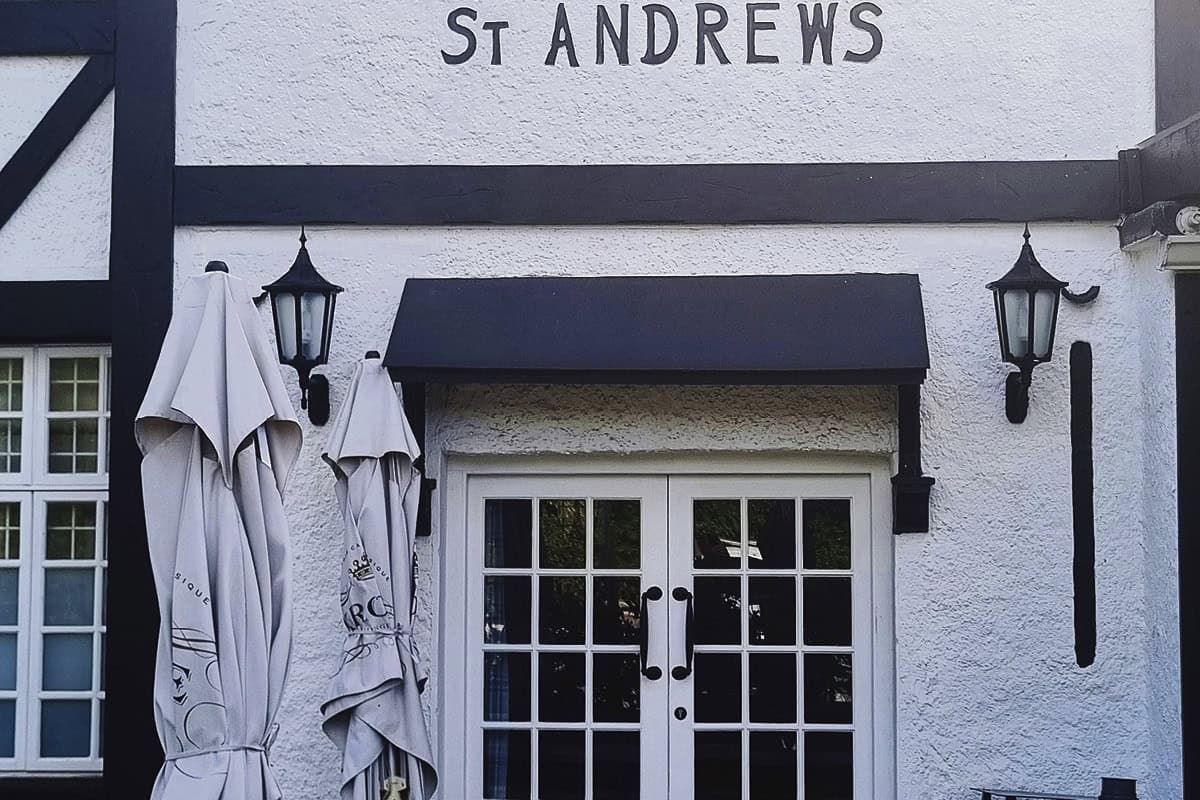
NOW READ: Two South Africans, one laptop and a billion-rand travel company






